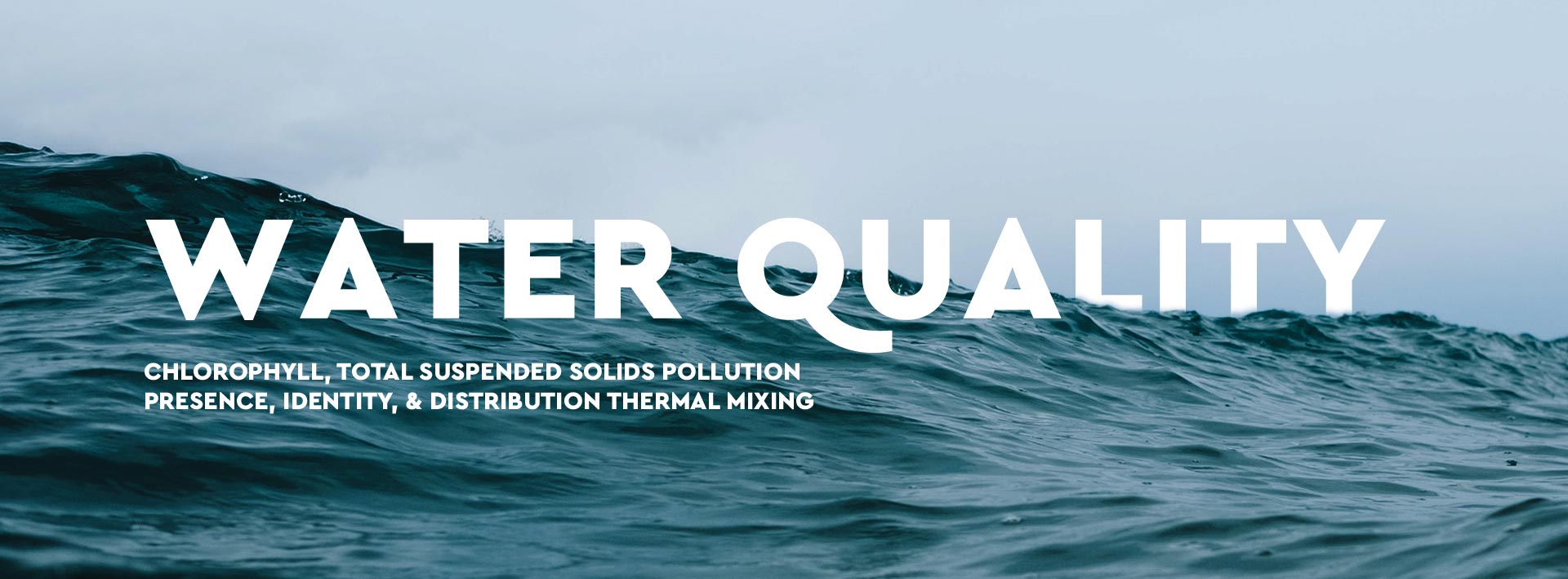

The ocean provides valuable food and biophysical resources and supports marine life. The ability to map the spatial and temporal patterns of ocean color over regional and global scales has provided important insights into the fundamental properties and processes in the marine biosphere. Mapping and understanding changes in ocean color can assist in the management of fish stocks and other aquatic life, help define harvest quotas, monitor the water quality and allow for the identification of human and natural water pollution such as oil and algal blooms, which are dangerous to fish farms and other shell fish industries.
CASI data can provide the necessary spatial perspective to collect information about the ocean surface on a regional scale. Optical data can detect targets as suspended sediments, dissolved organic matter, and discern between algal blooms and oil slicks Hyperspectral data, (collected in many and narrow ranges of the visible and infrared wavelengths), allows for greater precision in characterizing target spectral signatures.


